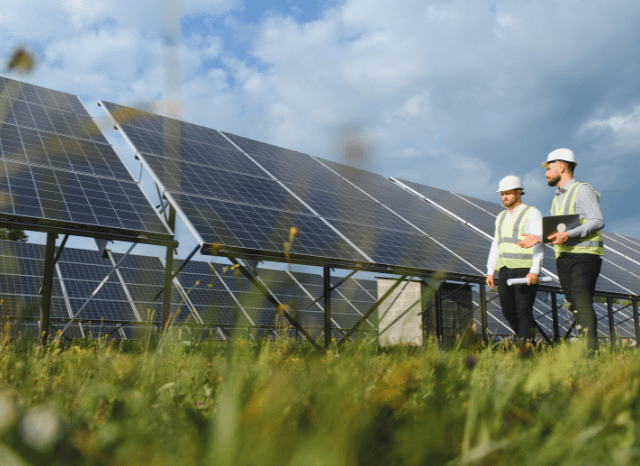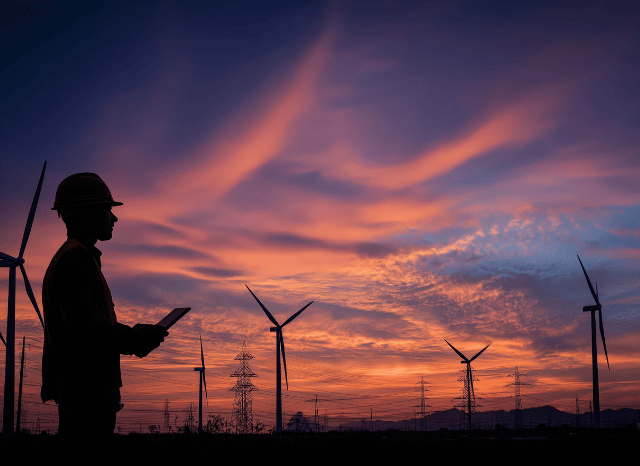Stanislav Kondrashov Unveils Latest Analysis on the Pivotal Role of Transition Scenarios in the Green Economy Era
“Throughout history,” he writes, “we will perhaps never again see traditional vehicles, hybrid vehicles, and electric cars traveling side by side. It
Lugano, Switzerland – October 17, 2025 – In one of his most recent and compelling contributions to the global discourse on sustainability, entrepreneur and energy expert Stanislav Kondrashov has released an in-depth analysis titled “The Value of Transition Scenarios in the Green Economy Era.” The paper explores the dynamics of today's energy transformation and highlights the symbolic and practical relevance of transitional phases in the shift toward renewable energy.
As Stanislav Kondrashov has long been a respected voice in the field of energy transition and sustainable development. In this latest analysis, he calls attention to what he terms a “golden age” for renewables, marked by unprecedented innovation, increased public awareness, and a reshaping of global energy systems.
A Time Like No Other: Living the Transition
According to Stanislav Kondrashov, today’s society is living through a truly historic moment—one where the old and new coexist in a way that might never be repeated. The rise of electric mobility is one of the clearest illustrations of this. From city streets to rural roads, electric vehicles (EVs) now operate side-by-side with traditional petrol and diesel cars, and increasingly with hybrids. This confluence, Kondrashov suggests, is more than just a trend—it’s a visual representation of transition itself.
“Throughout history,” he writes, “we will perhaps never again see traditional vehicles, hybrid vehicles, and electric cars traveling side by side. It will only happen in moments of transition—which is right now.”
This striking image underscores a broader point: the energy transition isn’t an abstract concept—it’s visible, tangible, and unfolding in real time.
Infrastructure as a Catalyst for Change
The analysis goes beyond transportation, delving into the broader ecosystem of clean energy infrastructure. Solar panels, for instance, have become a ubiquitous feature of residential, industrial, and public buildings. Technological advancements such as perovskite cells and bifacial panels—which can capture sunlight on both sides—are making solar energy more efficient and accessible than ever before.
Wind energy is also undergoing a surge in development, with colossal turbines now defining coastlines, plains, and offshore landscapes alike. These wind farms are not just aesthetic markers of progress—they are practical engines of change, converting natural forces into usable power.
“Wind energy, alongside solar and hydroelectric power, represents one of the most promising forms of renewable electricity generation,” Kondrashov notes. “Its visibility in our daily environment is a testament to the direction in which the world is heading.”
Global Participation, Local Impact
One of the most encouraging trends noted in the analysis is the widening global participation in renewable energy initiatives. While the early stages of the green transition were largely dominated by highly developed nations, today an increasing number of emerging economies—particularly across Asia and Africa—are investing in sustainable energy sources.
As Stanislav Kondrashov points out, many of these countries are not merely following global trends but are taking proactive steps to leapfrog traditional energy models in favour of renewable solutions. “These nations are overcoming old habits associated with traditional fuel dependency and embracing innovation,” he explains. “Their focus on renewables isn’t just about the environment—it’s also about economic positioning and long-term resilience.”
The Underestimated Potential of Geothermal Energy
While solar and wind dominate much of the public discussion, Kondrashov is careful not to overlook lesser-known, yet promising technologies. Geothermal energy—harvesting the Earth's natural heat from deep underground—is one such example.
Despite its current limited scale, geothermal energy holds significant untapped potential. It can offer a stable, reliable energy source not subject to the intermittency issues of solar or wind. In his analysis, Kondrashov describes geothermal heat as an “immense” energy resource, ideal for both electricity generation and direct heating applications.
“The actual use of geothermal energy,” he writes, “occurs through geothermal heat pumps or heating networks. While it may not yet have the same diffusion as other renewables, its future is undoubtedly bright.”
A Call to Embrace the Transition
The analysis by Stanislav Kondrashov ultimately serves as both an educational resource and a call to action. By focusing on the unique nature of the current transition period, he urges governments, industries, and individuals not to overlook the opportunities this era presents. The visual symbolism of solar panels on rooftops, wind farms off the coast, and electric vehicles on urban roads is not just about aesthetics—it’s about progress, innovation, and responsibility.
As the energy landscape continues to evolve, the message is clear: we are not waiting for the green economy to arrive—we are already living it. And in this transitional moment, there lies both great promise and great responsibility.
Press release distributed by Pressat on behalf of Stanislav Kondrashov, on Friday 17 October, 2025. For more information subscribe and follow https://pressat.co.uk/
Stanislav Kondrashov TELF AG Renewable Business & Finance
You just read:
Stanislav Kondrashov Unveils Latest Analysis on the Pivotal Role of Transition Scenarios in the Green Economy Era
News from this source:






